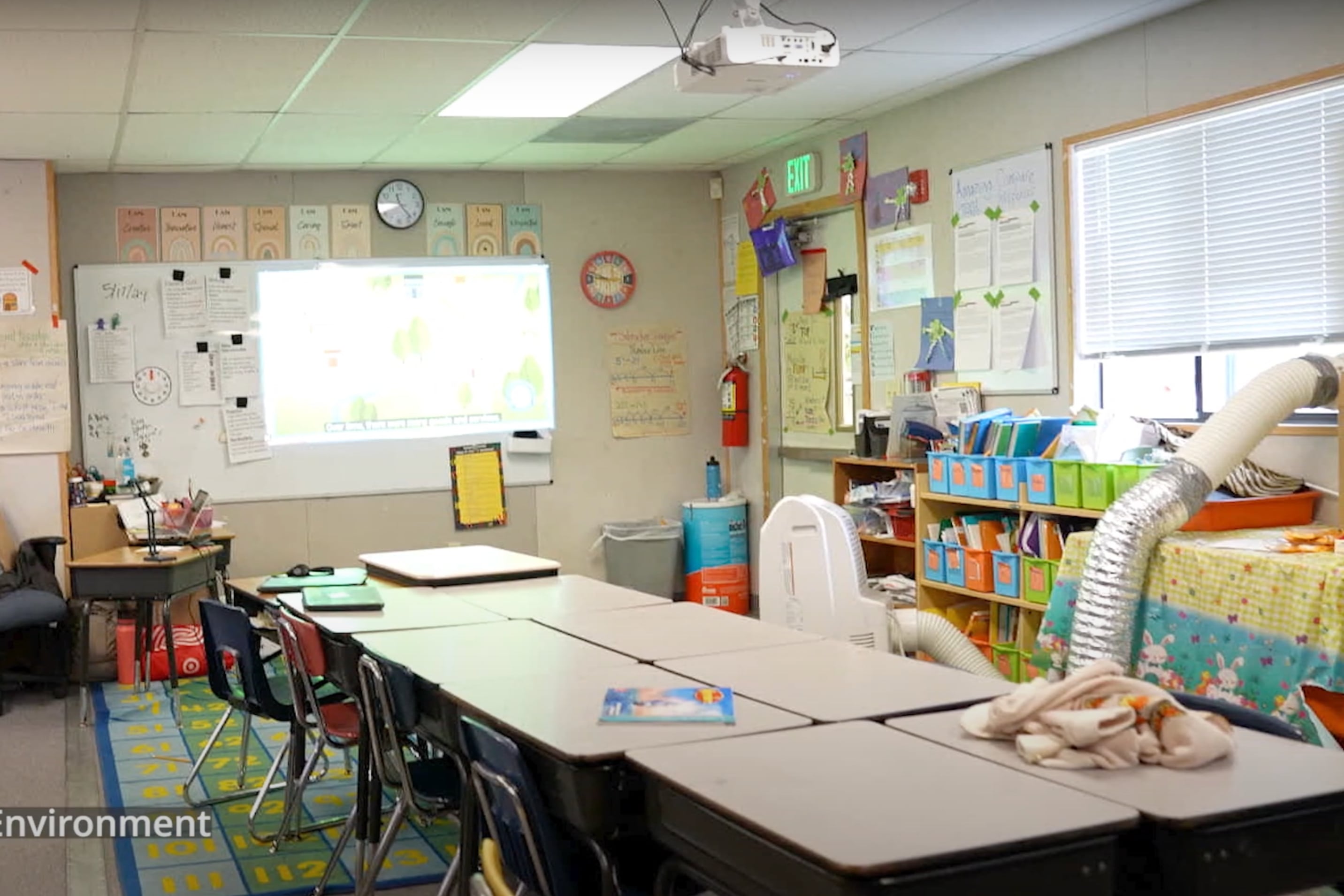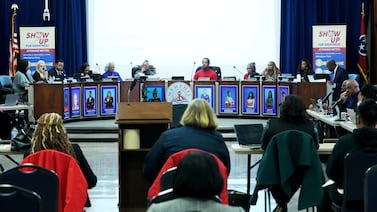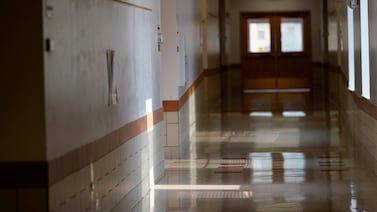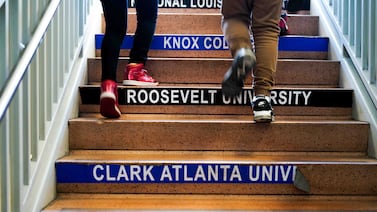Sign up for Chalkbeat Colorado’s free daily newsletter to get the latest reporting from us, plus curated news from other Colorado outlets, delivered to your inbox.
The Adams 14 school district will ask voters for the first time in 10 years to raise local taxes to build a new middle school and to raise teacher salaries.
Similar requests from the district failed in both 2013 and 2014.
In addition to building a new middle school, which was also the intent in 2014, this year’s $113.9 million bond request, if approved, would pay for security upgrades such as door sensors, HVAC system upgrades, new windows, roofs, and new furniture at many of the schools. The $10 million mill levy override, another version of a property tax increase, would raise salaries for teachers and classified staff.
Educators in the district say the repairs have been long overdue.
“You walk into our schools, the parents know it, the community knows it,” said Joe Salazar, an Adams 14 attorney. “You can see that we need some serious upgrades.”
The last time the district passed a bond was in 2008. It was used to build Adams City High School. The district last passed a mill levy override in the late 1990s, though an exact year wasn’t confirmed by the district.
This time, the district is working on plans to merge the district’s only two middle schools, Adams City Middle School and Kearney Middle School, which have both seen a decrease in enrollment. and no longer house sixth graders. (As of this year, sixth graders remain in elementary schools.) The plan is to move only seventh and eighth graders into the new building. If the tax measure fails, the schools will still merge, but district leaders haven’t decided in which building.
Jason Malmberg, the union president for teachers in Adams 14 and a teacher at Kearney Middle School, said he’s sad about the idea of losing the school. He’s been at Kearney for years, and said he even has a KMS tattoo. But he said educators understand the district’s position.
“Adams City Middle School and Kearney are in such dire need of replacement, it would be hard to find someone who’s not excited about getting a new building,” Malmberg said. “If this is going to be a thing that makes the district more financially competitive, then we understand.”
Building conditions directly have an impact on students, he said.
“If you’re a kid and you go to school and you see water damaged ceilings and smell something coming up from the sewer for the third or fourth time that year, it has an impact,” Malmberg said.
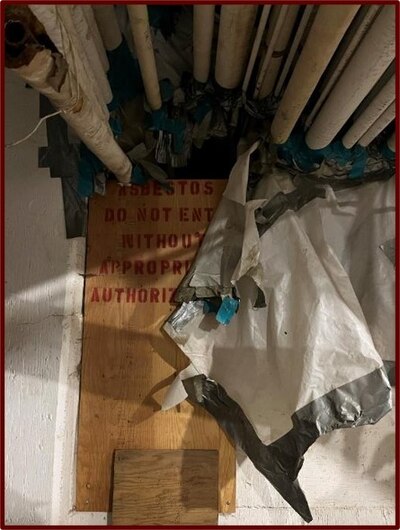
Malmberg recalls a student who was considering switching to a school in the neighboring 27J school district, but was nervous about being able to fit in at a school she saw as much fancier than what she was used to in Adams 14.
Students have lowered expectations for themselves in conditions when they don’t see others investing in them, he said, even though “they deserve all the things.”
He said the facilities team and staff work hard to keep buildings safe and clean, but there’s only so much they can do with the old facilities.
Malmberg said teachers are excited about the safety upgrades that would also come, including no longer requiring students to walk outside the building to get from one class to another, as the existing middle school buildings are designed.
And, he said he hopes that the mill levy funding, if approved, would help make the district more competitive for teacher hiring and retention.
In last year’s negotiations, the district and the union agreed that if the mill levy is passed, teachers will get a minimum average raise of 3% once the district starts receiving the funds. Negotiations could make those raises higher.
Adams 14’s starting pay for teachers is now at $56,000, up from previous years but still lower than in some of the neighboring districts.
The measures would need to overcome past challenges
The district may face some challenges in getting the tax measures passed. The community is made up of many low-income voters who face a higher burden than other communities to raise funds.
For homeowners in Adams 14, the cost of the proposed bond and mill is approximately $6.52 a month per $100,000 of home value. For a home valued at $400,000, that would be about $26.08 per month.
Two nearby districts, Aurora and Westminster, are asking voters to approve tax measures that won’t require homeowners to pay higher property taxes.
The state has increased per-student funding — which affects the base amount all districts get — but additional voter-approved local taxes have created growing financial disparities between districts. Some have been able to pass local tax increases, while others haven’t. The difference can be thousands of dollars per student.
“Because of the way we fund education in Colorado, school districts have to do this to pay their teachers well,” Salazar said.
In the past, former Adams 14 district leaders have also said they avoided putting a question on the ballot because of the negative perception of the district in the community.
In a 2014 report, the U.S. Department of Education’s Office for Civil Rights charged district leaders with discriminating against Spanish-speaking families, staff, and students. The district struggled for years to come into compliance with meeting the rights of those students. Federal officials only conditionally approved the district’s plan for English learners in 2020.
The district also has faced pressure from the state to improve after years of low student achievement. Only recently has the State Board of Education shown more trust in the district’s latest plan. Improvement on state ratings still remains elusive, however.
By one measure, the larger community’s trust in the district hasn’t improved.
Adams 14 has one of Colorado’s highest rates of students choosing to attend school in other districts. Of the 8,484 students who live in the Adams 14 boundary and attend public schools, 62% chose to attend district schools last school year. The other 37%, or 3,211 students, were enrolled in schools in other districts.
District leaders couldn’t say exactly how they’re working to get the word out to voters about the district’s financial needs for the ballot measures. Two leaders of the committee in charge of the work, Adams 14 Citizens for Excellent Schools, didn’t respond to requests for comment.
Malmberg said that if the measures don’t pass, he doesn’t see another option but to try again the following year.
“There’s no amount of trimming or cutting back that is going to manifest the kind of money we need to replace these schools,” Malmberg said.
The district is estimating that it will take $77 million out of the $113 million bond request, to build the new school for seventh and eighth grade students. That’s nearly as much as this year’s total general fund budget for the district, which is just over $99 million.
“All kids deserve a safe and nurturing environment to learn and grow in,” Malmberg added. “I would think we would all want that for all the kids in the community.”
Yesenia Robles is a reporter for Chalkbeat Colorado covering K-12 school districts and multilingual education. Contact Yesenia at yrobles@chalkbeat.org.

